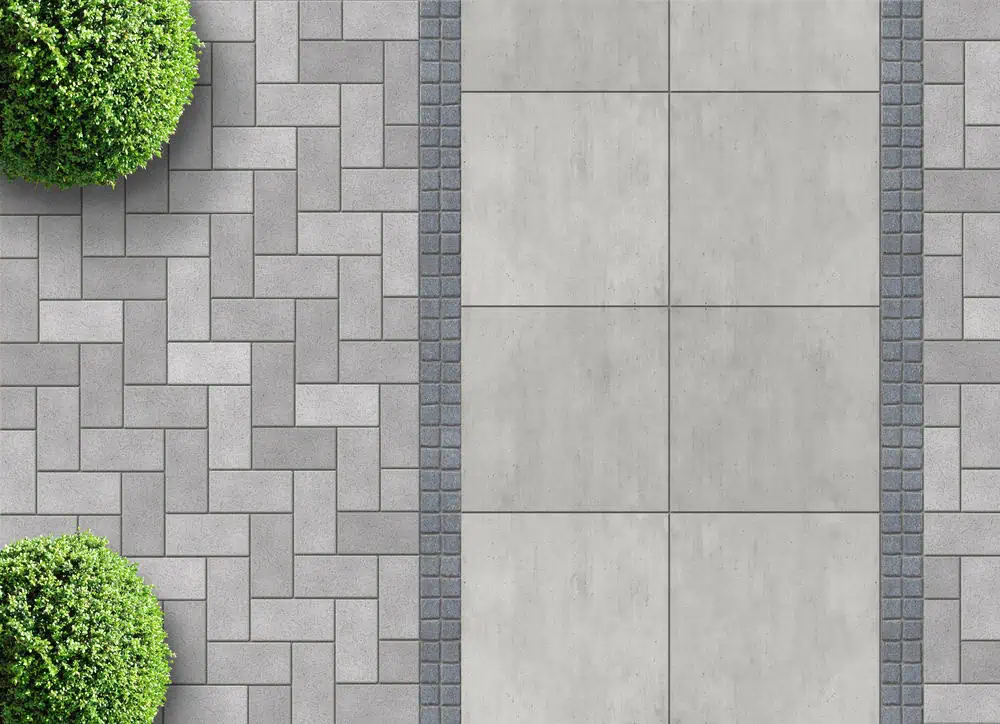Protect your home with proven waterproofing solutions that actually work long-term.
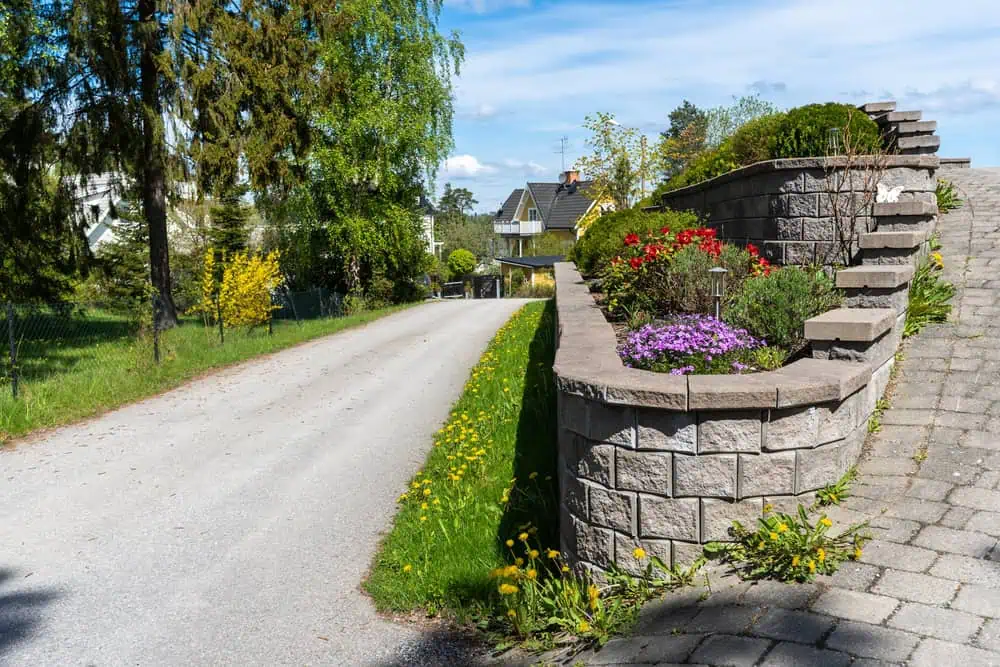
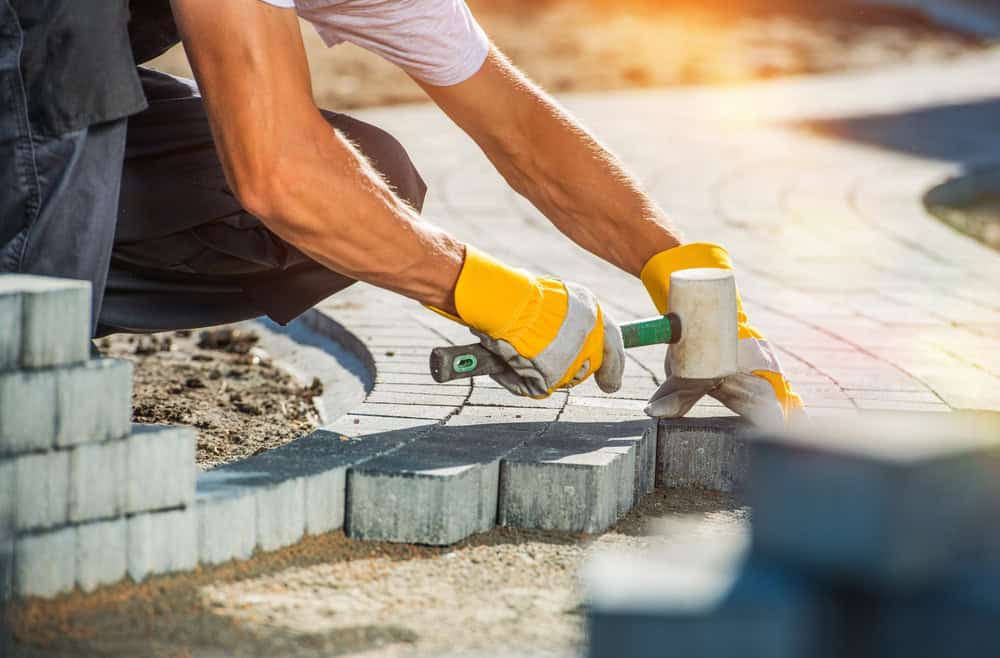
You’ll finally have that basement space back. No more musty smell hitting you when you open the door. No more moving boxes every time it rains hard. No more wondering if that water stain is getting bigger.
A properly waterproofed basement gives you usable space again. Whether that’s storage you can actually trust, a workshop that stays dry, or just knowing your home’s foundation is protected from Massachusetts weather.
The bigger win is peace of mind. You’re not checking the basement every time there’s a storm. You’re not worried about what that moisture is doing to your home’s structure or your family’s health.
We’ve been handling foundation and masonry work in the Newtonville area for years. We’ve seen what Massachusetts weather does to basements – from spring snowmelt to heavy summer storms.
The difference is we approach basement waterproofing like the foundation experts we are. We’re not just applying sealant and hoping for the best. We understand how water moves around your foundation and what it takes to keep it out permanently.
Most of our basement waterproofing work comes from referrals. That tells you something about how our work holds up over time.
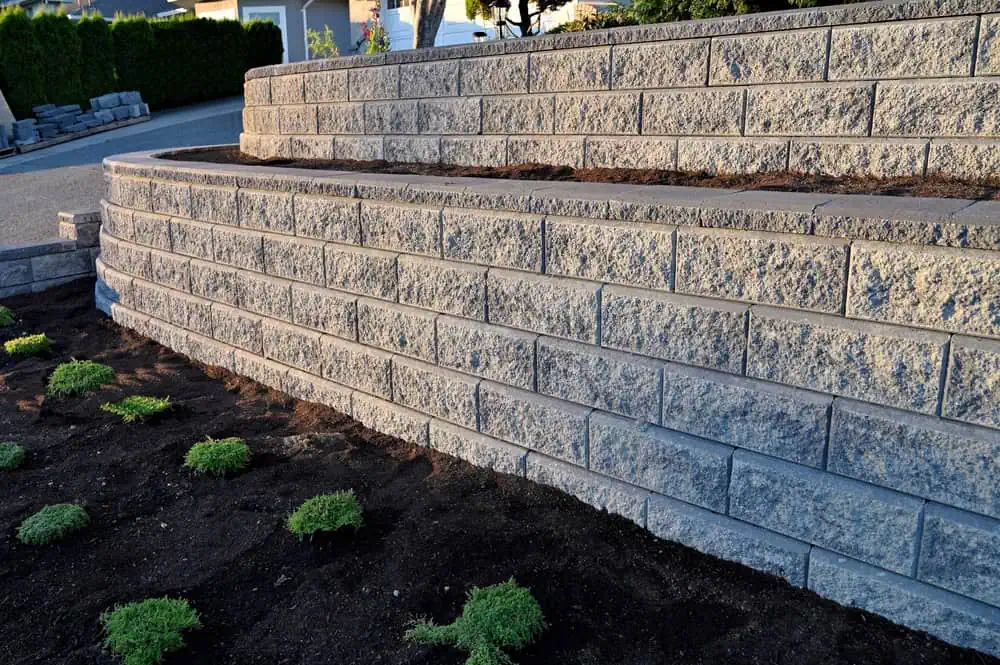
First, we figure out where the water is coming from. Sometimes it’s obvious – cracks in the foundation walls or floor. Other times we need to look at drainage around your foundation or how water flows around your property.
Next, we address the source. That might mean sealing cracks with professional-grade materials, installing or improving drainage systems, or applying waterproof coatings to your basement walls. For serious water problems, we might recommend exterior waterproofing or sump pump installation.
The goal is stopping water before it becomes your problem. We’re not just treating symptoms – we’re fixing why water is getting into your basement in the first place. Then we make sure it stays fixed.
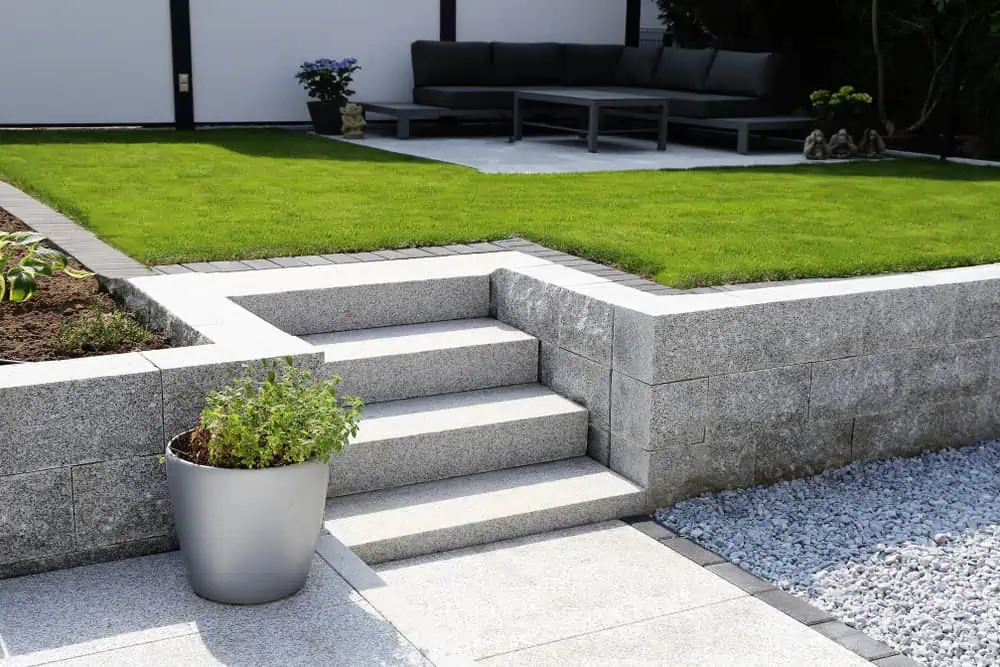
Ready to get started?
Our basement waterproofing covers both interior and exterior approaches depending on what your situation needs. Interior work includes crack repair, wall sealing, and drainage system installation. Exterior waterproofing involves foundation sealing and proper grading to direct water away from your home.
We use materials designed for New England conditions – not the basic stuff that fails after a few seasons. The sealers and waterproofing systems we install are built to handle freeze-thaw cycles and the kind of water pressure Massachusetts basements deal with.
You get a complete assessment of your basement’s water issues, not just a quick fix for the most obvious problem. We look at the whole picture because basement water problems usually have multiple causes that need to be addressed together.
